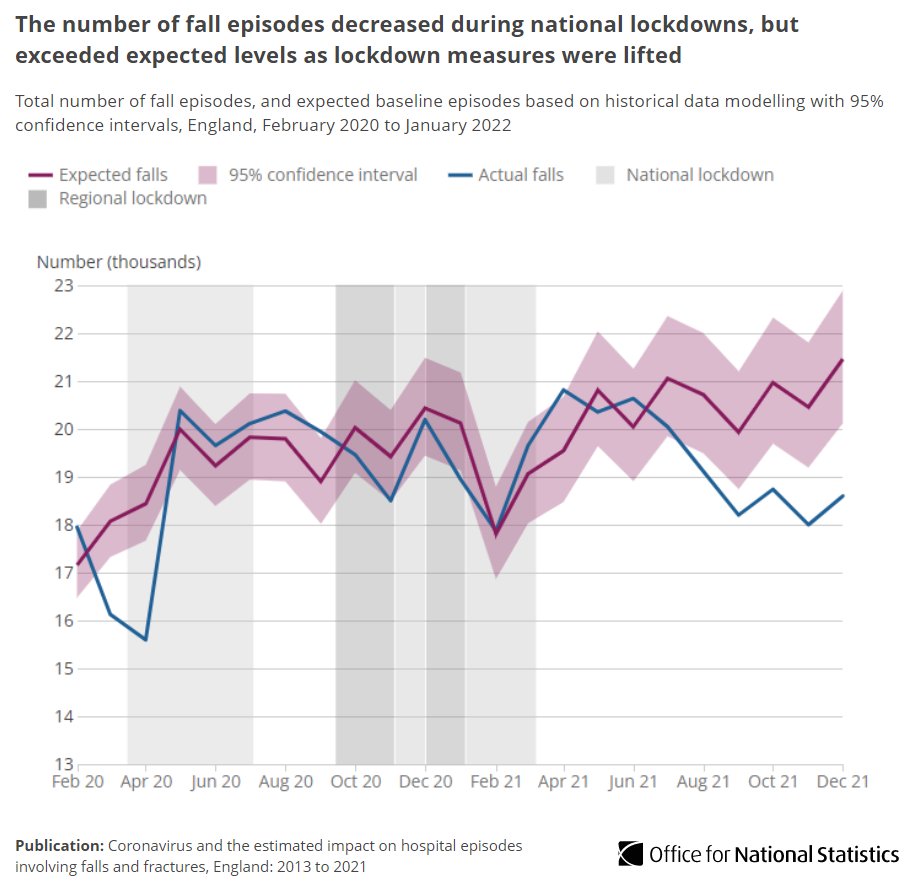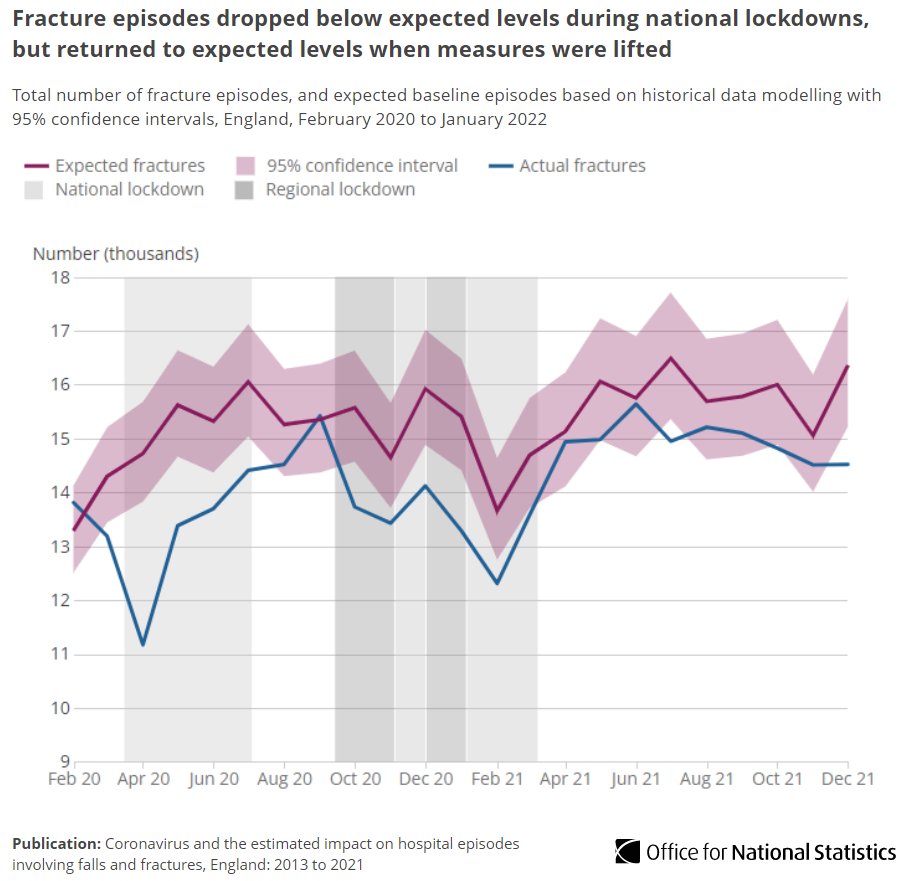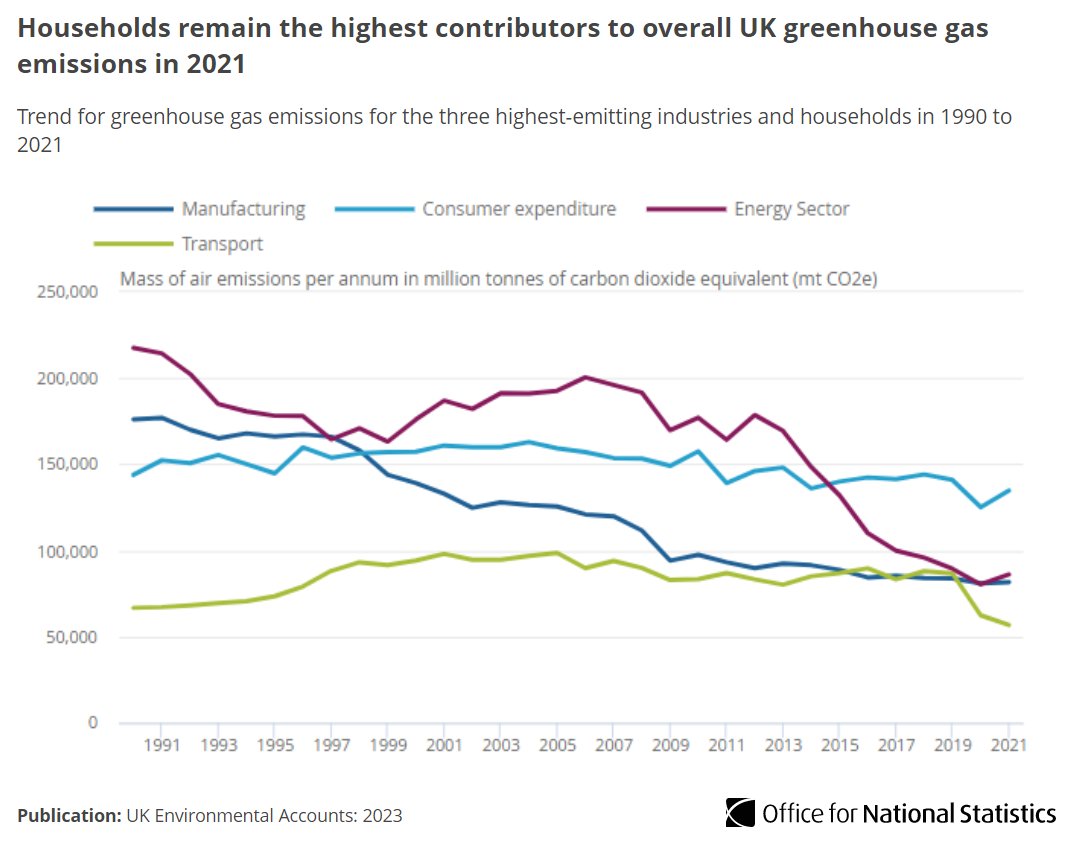Mae 3 pharc cenedlaethol yng Nghymru a 10 yn Lloegr sydd, gyda'i gilydd, yn cwmpasu 10.97% o'r tir yng Nghymru a Lloegr
Mae data #Cyfrifiad2021 newydd yn dangos bod 399,400 o bobl yn byw yn y parciau hyn yn 2021 (0.67% o'r boblogaeth breswyl arferol)
➡️ cy.ons.gov.uk/peoplepopulati…
Mae data #Cyfrifiad2021 newydd yn dangos bod 399,400 o bobl yn byw yn y parciau hyn yn 2021 (0.67% o'r boblogaeth breswyl arferol)
➡️ cy.ons.gov.uk/peoplepopulati…
Yng Nghymru, Bannau Brycheiniog oedd y parc cenedlaethol mwyaf poblog gyda 33,500 o breswylwyr a 15,000 o gartrefi.
Arfordir Penfro oedd yr un lleiaf poblog (20,900 o breswylwyr, 9,800 o gartrefi) a lle gwelwyd y dirywiad mwyaf (7.6%) mewn preswylwyr o'r holl barciau ers 2011.
Arfordir Penfro oedd yr un lleiaf poblog (20,900 o breswylwyr, 9,800 o gartrefi) a lle gwelwyd y dirywiad mwyaf (7.6%) mewn preswylwyr o'r holl barciau ers 2011.
Yn Lloegr, y tri pharc cenedlaethol â'r nifer mwyaf o breswylwyr arferol a chartrefi oedd:
▪️ y South Downs (113,300 o breswylwyr, 48,600 o gartrefi)
▪️ Ardal y Llynnoedd (39,000 o breswylwyr, 17,800 o gartrefi)
▪️ y Peak District (35,900 o breswylwyr, 16,200 o gartrefi)
▪️ y South Downs (113,300 o breswylwyr, 48,600 o gartrefi)
▪️ Ardal y Llynnoedd (39,000 o breswylwyr, 17,800 o gartrefi)
▪️ y Peak District (35,900 o breswylwyr, 16,200 o gartrefi)
O gymharu â phreswylwyr mewn rhannau eraill o Gymru a Lloegr, roedd preswylwyr parciau cenedlaethol yn fwy tebygol o:
🎓 feddu ar lefel uwch o addysg
🧓 bod wedi ymddeol
💬 siarad Saesneg (Cymraeg neu Saesneg yng Nghymru) fel prif iaith
🎓 feddu ar lefel uwch o addysg
🧓 bod wedi ymddeol
💬 siarad Saesneg (Cymraeg neu Saesneg yng Nghymru) fel prif iaith
Roedd preswylwyr parciau cenedlaethol yn tueddu i fod yn hŷn na'r boblogaeth mewn mannau eraill ar gyfartaledd.
Roedd yr oedran canolrifol yn uwch ym mhob parc cenedlaethol (rhwng 49 a 57 oed) nag mewn rhannau eraill o Gymru (41 oed) a Lloegr (39 oed)
➡️ cy.ons.gov.uk/peoplepopulati…
Roedd yr oedran canolrifol yn uwch ym mhob parc cenedlaethol (rhwng 49 a 57 oed) nag mewn rhannau eraill o Gymru (41 oed) a Lloegr (39 oed)
➡️ cy.ons.gov.uk/peoplepopulati…
• • •
Missing some Tweet in this thread? You can try to
force a refresh

 Read on Twitter
Read on Twitter


















